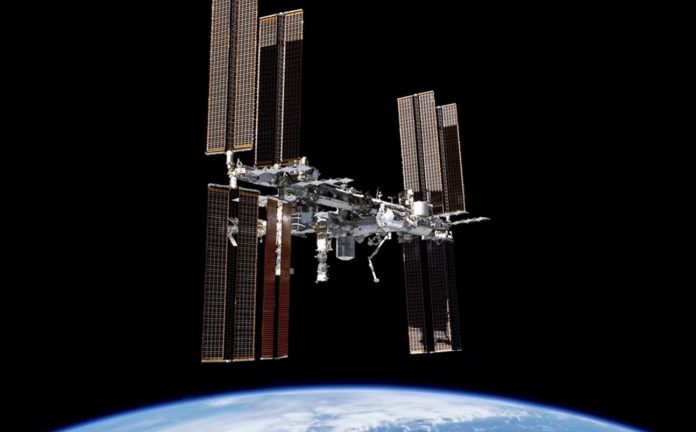Near-zero gravity in space may be the key to growing large batches of stem cells more quickly, according to the researchers.
A new report from Cedars-Sinai reveals prospects to manufacture stem cells, create sophisticated disease models, and improve 3D printing capabilities using space-based technology.
Microgravity has the potential to contribute to life-saving improvements on Earth, according to Cedars-Sinai scientists, by allowing the rapid mass synthesis of stem cells.
New research led by Cedars Sinai and published in the peer-reviewed journal Stem Cell Reports highlights the key potential to enhance stem cell manufacturing in space.
In microgravity, biomanufacturing—a sort of stem cell production that employs biological materials such as microorganisms to create chemicals and biomaterials appropriate for preclinical, clinical, and therapeutic applications—can be more efficient.
“We are finding that spaceflight and microgravity is a desirable place for biomanufacturing because it confers a number of very special properties to biological tissues and biological processes that can help mass produce cells or other products in a way that you wouldn’t be able to do on Earth,” says Arun Sharma, head of a new research laboratory.
More than 50 possible commercial applications for undertaking biomanufacturing activity in space were identified at the December virtual space conference including the most promising disease modeling, biofabrication, and stem cell-derived products.
Disease modeling, involves scientists duplicating full-function structures—whether utilizing stem cells, organoids (miniature 3D structures generated from human stem cells that resemble human tissue), or other tissues—in order to research diseases and possible treatments.
Researchers discovered that when the body is subjected to low-gravity environments for long periods of time, bone loss and aging are accelerated. Researchers can better understand the principles of aging and illness progression by building disease models based on this accelerated aging process.
“Not only can this work help astronauts, but it can also lead to us manufacturing bone constructs or skeletal muscle constructs that could be applied to diseases like osteoporosis and other forms of accelerated bone aging and muscle wasting that people experience on Earth,” adds Sharma, who is the corresponding author of the paper.
Biofabrication is a term that refers to the use of manufacturing methods to create materials like tissues and organs. One of the most important biofabrication technologies is 3D printing.
Gravity-induced density makes it difficult for cells to expand and proliferate, which is a fundamental difficulty in the production of these materials on Earth. Since there is no gravity or density in space, scientists want to employ 3D printing to create unique shapes and goods, such as organoids or heart tissues, that cannot be recreated on Earth.
Third, the generation of stem cells and the study of how some of their essential features are impacted by microgravity are two of the most important research areas.
Potency, or the ability of a stem cell to renew itself, and differentiation, or the ability of stem cells to transform into other cell types, are two of these qualities.
Knowing how spaceflight affects stem cells could lead to more efficient methods of mass cell production in zero-gravity environments.
“While we are still in the exploratory phase of some of this research, this is no longer in the realm of science fiction,” Sharma adds.
“Within the next five years we may see a scenario where we find cells or tissues that can be made in a way that is simply not possible here on Earth. And I think that’s extremely exciting.”
Source: 10.1016/j.stemcr.2021.12.001
Image Credit: NASA
You were reading: Why stem cells differentiate so excellently in microgravity?
